Companies are typically valued based on projections of their future cash flows with some discount. Expenses are generally under the business’s control. Revenue, however, is based on customers choosing your product or service over your competitors and then paying the price you asked. Certain revenue characteristics are higher quality, and more valued, than others. Creating streams of high-quality revenue is the most important job you have as an entrepreneur.
No matter what your business or business model, the holy grail for revenue is reliable (you know the cash will be collected from your customers), profitable (there is ample margin between the price you charge and what it costs to deliver the product or service), repeatable or sustainable (the revenue is generated not by one-off, single transactions, rather there is opportunity to reengage the customer), and growable or expandable (revenue that doesn’t grow over time is not as valuable, hence the focus on revenue growth by most companies.) This article looks at each of these characteristics of high-quality revenue and how you can improve the quality of revenue you might currently be generating.
For revenue to be worth something, you must collect the cash from the customer. Often customers pay for an item or service at the time of purchase, but when they don’t, you need to ensure the customer is good for their eventual payment. It is important to carefully monitor your accounts receivable and to take steps to minimize the risk of uncollectible debts. Credit checks and other risk management techniques that assess customer creditworthiness, as well as effective collections processes, can reduce the likelihood of not being paid. Long outstanding invoices or customers that are poor credit risks may create problematic situations where you cannot collect. Revenue that you cannot collect is not high-quality revenue, and I’d argue nor really revenue at all.
A couple of things that could make your revenue less reliable or collectible include confusion or disputes over the amount owed for the product and service. Communication about price and terms must be clear and transparent to avoid uncertainty over price. Make sure you are communicating regularly with your customers about their use of the product or service, as well as their payment. It is nearly impossible to collect revenue if you can’t contact your customers.
High-quality revenue is also profit-producing. High-quality revenue streams tend to have higher margins, and the business earns more profit for each unit of revenue. But not all revenue has the same profitability. Some clients require more work than others, even if the service is the same. Some products are more expensive to produce, even if they generate more revenue.
Offering premium products and services that deliver more value than competitors in the market is one path to profitable revenue. There may be a higher price tag, but the added or perceived added value increases the margin. Examples of this occur in luxury goods, high-end services or specialized products that cater to a specific need. Intellectual property, such as patents, trademarks and copyrights, is another source of high-margin revenue. By licensing or selling intellectual property, businesses can generate income without incurring the costs of production or distribution.
Just because revenue is a high margin, it does not guarantee profitability. The cost of acquiring and retaining customers, the level of competition and the overall scale of the business will impact the profitability of a particular revenue stream.
High-quality revenue is consistent and predictable, allowing a business to plan and budget accurately. As you consider repeatability, ask yourself—are your customers’ transactions one-off, or are they incentivized to purchase from you again? Many people wrongly believe that subscription-based (or recurring revenue) business models are the fast track to high revenue quality. As I explained in my previous article, making your business a subscription-based business doesn’t necessarily increase the quality of your revenue. Your churn—the number of customers who leave—may still require you to find new customers. Finding new customers is more expensive—so an ongoing stream of new customers that leave after one or two months is not as high a quality revenue stream as customers that stick around for months or years. If your business does not fit a subscription model, are you giving your customers a reason to come back? Do you offer services that will make them repeat customers? Have you delighted them enough that they become loyal customers? Customer loyalty can be a driver of high-quality revenue.
The final characteristic of high-quality revenue is its growth potential. Either via upsell, cross-sell or entrance into new markets, your revenue stream needs to grow. There are numerous ways to expand your revenue. Revenue expansion typically is driven by selling more quantity to your existing customers (e.g., more seats), more expensive offerings, or introducing new products or services that you know your customers need. Increasing your share of your customers’ wallets is one way to generate growth.
Another way is to find new customers for existing products in new markets either geographically or demographically. These customers would be added to your existing customer base and ideally do not cannibalize your existing sales. These avenues are all organic strategies for revenue growth. Depending on your business’s capital position, growth can also occur inorganically via partnerships or acquisitions. By partnering with other businesses or acquiring complementary companies, your business may be able to leverage the other company’s resources and expertise to expand into new markets or access new products or services for upsell and cross-sell opportunities.
Revenue growth often requires a significant investment of both time and resources, so there is an added element of risk. Growing your high-quality revenue requires identifying and capitalizing on new opportunities and being willing to take calculated risks.
This article originally appeared on Forbes Finance Council